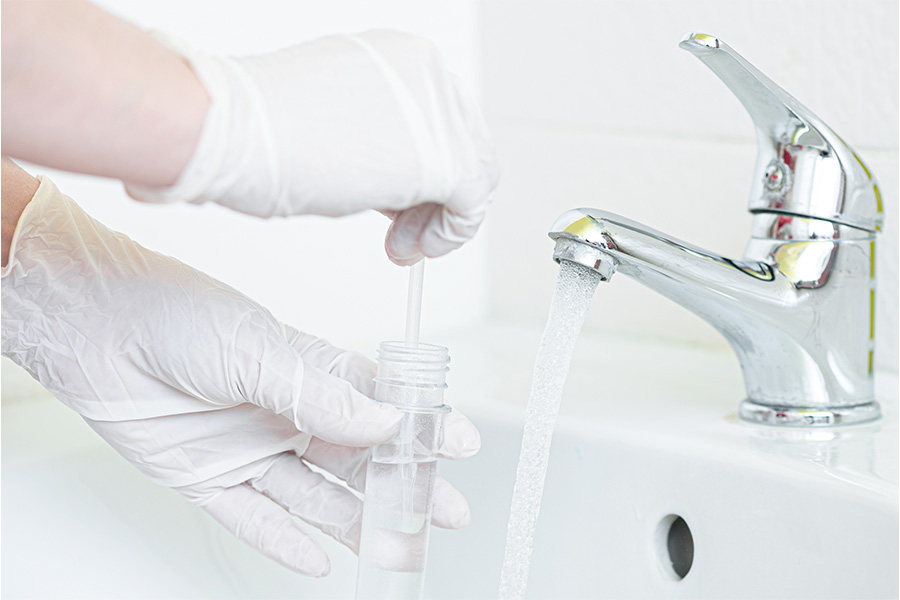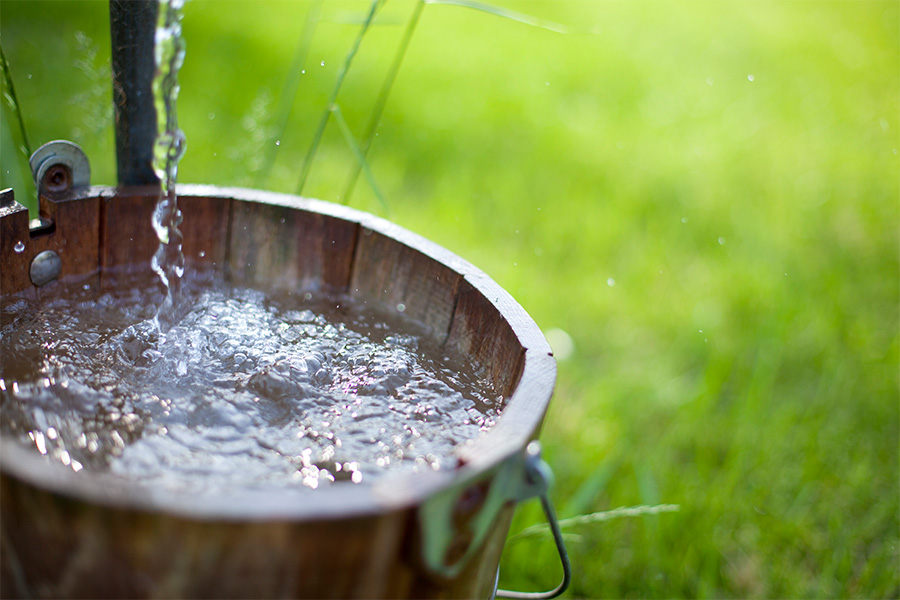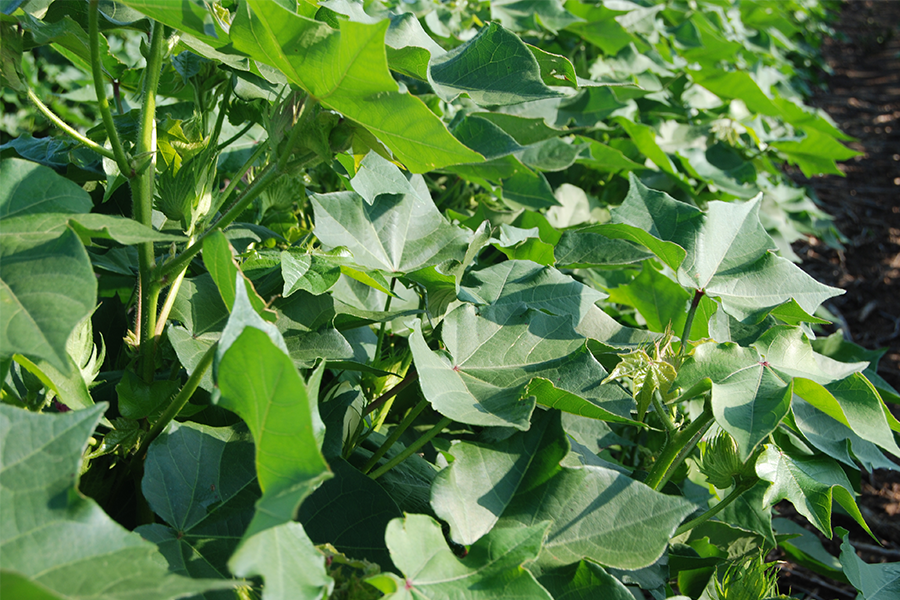Crop and Soil Sciences
-

C 858-2
Testing for Water Quality
The quality and safety of drinking water is of great concern to many Americans today because of an increased interest in health and environmental quality. This new focus on water quality has led many Americans to consider testing their water. This publication is intended to help you understand water testing and to identify the tests needed.
David E. Kissel Ph.D, Pamela R. Turner, Uttam K. Saha, Jake Mowrer, and Leticia S Sonon
|
-

C 858-8
Hydrogen Sulfide and Sulfate
This publication describes hydrogen sulfide and sulfate and its effects on household water quality.
David E. Kissel Ph.D, Pamela R. Turner, Uttam K. Saha, Jake Mowrer, and Leticia S Sonon
|
-

C 858-5
Nitrate and Nitrite in Water
Private well owners are responsible for the safety of their drinking water. Maintaining a healthy well requires routine testing for possible contaminants, including nitrate and nitrite. To assist in water safety, the EPA has set standards for nitrate levels in public drinking water systems. Although private well owners are not required to meet these standards, they do serve as a reference for safe drinking water. The EPA Maximum Contaminant Level (MCL) nitrate is: 10 ppm (parts per million) or mg/L (milligrams per liter) nitrate-nitrogen or, if expressed as nitrate, 45 ppm. For nitrite, the MCL is: 1 ppm or mg/L nitrite-nitrogen or, 3.28 ppm if expressed as nitrite. Nitrite is not stable in water and rapidly transforms to nitrate fairly easy. Its presence is an indicator of high concentrations of either nitrate or ammonia.
Gary L. Hawkins, Pamela R. Turner, and Uttam K. Saha
|
-

Shock chlorination is the process by which home water systems such as wells, springs, and cisterns are disinfected using household liquid bleach (or chlorine). Shock chlorination is the most widely recommended means of treating bacterial contamination in home water systems. This publication contains guidelines for safely and effectively using shock chlorination — a standard treatment for sanitizing your well system.
David E. Kissel Ph.D, Pamela R. Turner, Uttam K. Saha, and Leticia S Sonon
|
-

C 858-7
Coliform Bacteria in Your Water
This publication contains information about identifying and controlling coliform bacteria in household water.
David E. Kissel Ph.D, Pamela R. Turner, Uttam K. Saha, and Leticia S Sonon
|
-

C 858-3
Home Water Quality and Treatment
The quality of your water supply can have both an immediate and a prolonged effect on the health of your household. Many Americans, especially those dependent upon well water, assume that their water is safe and healthy. Unfortunately, this is not always the case. This publication contains basic information about home water quality and treatment.
David E. Kissel Ph.D, Pamela R. Turner, Uttam K. Saha, and Leticia S Sonon
|
-

If you are one of the many Americans who use groundwater for drinking,
the proper protection of your well and wellhead is essential for the health of your family, yourself and your neighbors. This publication contains information about protecting your well and wellhead from contaminants.David E. Kissel Ph.D, Pamela R. Turner, Uttam K. Saha, and Leticia S Sonon
|
-

Cotton growth monitoring is vital to producing a healthy crop, making sure that the crop is growing on track, and that there are minimal stresses on the crop. Growth monitoring also can assist in making plant growth regulator (PGR) applications. PGR applications are complex, and many factors play into the decision of when to use them and at what rates. The goal of this publication is to discuss these factors and assist in determining when to make a PGR application.
Phillip Marion Roberts, John L Snider, and Camp Hand
|
-

This biennial publication contains the proceedings of the turfgrass field day carried out at the UGA Griffin campus every other year; 2022 was the first field day since the 2018 field day because of the COVID-19 pandemic. The guide provides professionals with continuous, real-time access to the latest up-to-date information about turfgrass research studies, products, and turfgrass Extension activities, programs, and outreach. Topics will include, but are not limited to: crop and soil science, agronomy, weed science, plant pathology, entomology, economics, tissue culture, urban agriculture, irrigation, and student posters.
Clint Waltz, Shimat V. Joseph, David Jespersen, and Bochra Amina Bahri
|